Jim Larranaga Final Four Return Highlights Lasting Legacy Of CAA Hoops
Jim Larranaga Final Four Return Highlights Lasting Legacy Of CAA Hoops
The 2022-23 college basketball and return of Jim Larrañaga to the Final Four puts the spotlight on the CAA's important place in the game's history.

The March Madness landscape shifted in the last two decades, with the Colonial Athletic Association at the forefront. With Jim Larrañaga returning to the Final Four, the spotlight shines on the vital role the CAA played in elevating the role of the NCAA Tournament outsider.
Larrañaga joined an exclusive club when the Miami Hurricanes rallied to knock off Texas in the Midwest Regional final on March 26. He's part of a fraternity alongside Lute Olson, Lon Kruger, Eddie Sutton, Roy Williams, Lou Henson and a few others to have coached two programs to the Final Four.
And Larrañaga reached that milestone with Miami 17 years to the day that George Mason, carrying the mantle for the CAA, stunned UConn to advance to the 2006 Final Four.
Coaching a fifth-seeded team representing the ballyhooed Atlantic Coast Conference the date might seem like the only parallel between Final Fours. Not the case.
"It's the same exhilaration, just the jubilant attitude, the effort," Larrañaga said following the Hurricanes' win over Texas. "Because you just love when your players accomplish a goal they set out before the season."
The Final Four is the ultimate goal for every Div. I program, that loftiest of targets just a fraction reach. It's a destination that requires plenty of skill, but a dash of good fortune can help, too.
For example, College of Charleston gave San Diego State all it could handle in a 63-57 1st Round loss this postseason — despite shooting a very un-Charleston-like 5-of-24 from 3-point range. Had the Cougars hit even at 75 percent of their season average for triples made per game, perhaps they're headed to Houston instead of San Diego State.
SDSU advancing keeps our game continually replaying in my mind. 🤦♂️. Two words summed up our prep: Rock Fight. That’s their deal. But that’s our deal. Tip your 🧢. They made some huge plays. And continue to. Good luck scheduling next year. 🤷♂️
— Pat Kelsey (@patkelsey) March 25, 2023
All the factors that have to align for a team to make a Final Four run render this Tournament arguably the most difficult postseason in all of sports — and that only makes it all the more incredible for the CAA to boast multiple national semifinalists over these last 17 years.
The Patriots' defeat of a loaded UConn team in the Elite Eight capped a remarkable, four-game run that encapsulated the essence of March Madness: Just get in, and you have a chance.
Having access to those opportunities can be a struggle, however.
George Mason didn't take the traditional route to getting in, losing in the CAA Championship to Georgia State — proof the Colonial's recent tradition of higher-seeded teams losing in the tournament isn't so recent after all.
UNC Wilmington instead won the title and the league's automatic bid, advancing to the Big Dance for the third time in five seasons and fourth in seven. The Seahawks' remarkable run included an overtime defeat of USC in 2002, and a near-takedown of reigning national champion Maryland in the 2003 Tournament.
But while UNCW embarked on the 2006 Tournament ranked No. 42 nationally in KenPom.com overall ratings, leading five top 100 teams from the Colonial, the addition of a second CAA team to the field drew the ire of commentators. The late Billy Packer became synonymous with George Mason's run for his rant against the inclusion of the Patriots.
There are plenty who share Packer's position, which also extended to the invitation of multiple Missouri Valley Conference teams to the 2006; those who believe the NCAA Tournament selection process should reward members of the football-designated Power Five conferences before outstanding teams from the other leagues.
For two decades, however, March results have proven the potential of the outsiders. The 2023 Final Four, where Larrañaga's Hurricanes join San Diego State of the Mountain West and Florida Atlantic from Conference USA reinforces a point made when the West Coast Conference's Gonzaga Bulldogs reached two title games, or when Wichita State advanced to the 2013 Final Four out of the Missouri Valley, and when the CAA was twice at the forefront of historic Tournament runs.
GMU in 2006 was the first semifinalist since Utah in 1998 (Western Athletic Conference) to reach the Final Four from a league other than the ACC, BIG EAST, Big Ten, Big 12, Pac-10, SEC or C-USA (which, in 2003 and 2005 when Marquette and Louisville were semifinalists, was a much different conference than it is today).
In the 17 years since, the Final Four has included teams from the Horizon League, restructured C-USA, Mountain West, Missouri Valley and, of course, CAA.
GMU also became just the second No. 11 seed to reach the Final Four, 20 years after LSU upset its way to Dallas. March Madness didn't have to wait long for the third Final Four 11-seed, though.
Five years after George Mason, the CAA again represented in the national semifinals when VCU made another run. The Rams followed a similar trajectory as an at-large bid out of the CAA, catching some flak from national TV media in the process.
Appropriate time for an aside, here: CAA teams have proven capable of exceeding expectations when given the opportunity come March. Take note, future selection committees.
RELATED: Making The Case for Charleston in the NCAA Tournament
Anyway, VCU's Final Four run under Shaka Smart deviated from George Mason's in a significant way: The Rams were slated for the First Four, a brand-new concept in the 2011 NCAA Tournament. VCU had to win an additional game just to get into the field of 64.
Smart reflected on his own beliefs about the likelihood of a program from one of the outsider conferences ever winning the national championship.
"Keith Dambrot, who I worked for at Akron, he always used to say, 'One of these days a mid-level team is going to win it all,'" Smart said at the 2011 Final Four. "I'd say, 'You're wrong, Keith, I disagree with that.' When I was an assistant coach, I knew everything, had all the answers. Keith would remind me of that. He's exactly right. When you look at the runs the people have had over the last six, eight years, it's been close. Butler was a bounce away from it last year. Who knows, maybe one of us will win it this year."
Or maybe it will be in 2023 in a Final Four featuring the coach whose CAA team began this gradual reshaping of the March Madness landscape.
Related Content
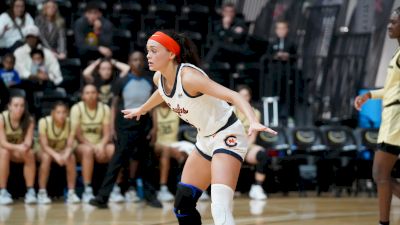 Makayla Alvey Is A Straight Baller For Carson-Newman Women's Basketball
Makayla Alvey Is A Straight Baller For Carson-Newman Women's BasketballApr 18, 2024
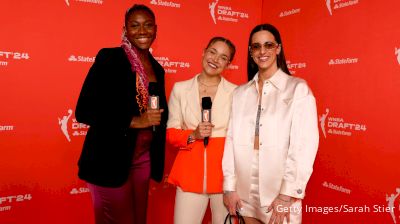 WNBA Draft 2024 Recap: Caitlin Clark Goes No.1 To Indiana Fever
WNBA Draft 2024 Recap: Caitlin Clark Goes No.1 To Indiana FeverApr 16, 2024
 Indiana Fever Roster With No.1 Pick Caitlin Clark Following WNBA Draft
Indiana Fever Roster With No.1 Pick Caitlin Clark Following WNBA DraftApr 15, 2024
 How To Watch The WNBA Draft 2024: Here's What To Know
How To Watch The WNBA Draft 2024: Here's What To KnowApr 11, 2024
 Women's NCAA Basketball Rankings: Way-Too-Early Top 25 for 2024-2025 Season
Women's NCAA Basketball Rankings: Way-Too-Early Top 25 for 2024-2025 SeasonApr 8, 2024
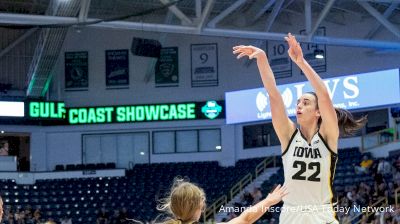 2024 WNBA Mock Draft Post Final Four: Who's After Caitlin Clark at No. 1?
2024 WNBA Mock Draft Post Final Four: Who's After Caitlin Clark at No. 1?Apr 7, 2024
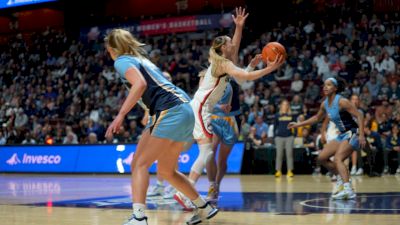 Paige Bueckers And The UConn Huskies Are Final Four Bound
Paige Bueckers And The UConn Huskies Are Final Four BoundApr 4, 2024
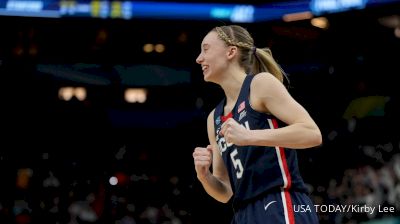 NCAA Final Four Preview: Caitlin Clark vs. Paige Bueckers By The Numbers
NCAA Final Four Preview: Caitlin Clark vs. Paige Bueckers By The NumbersApr 4, 2024
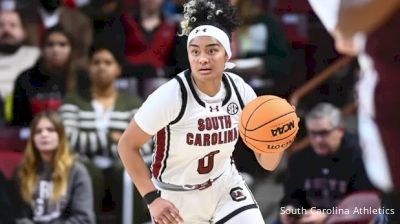 South Carolina vs. NC State In The NCAA Women's Final Four: What To Know
South Carolina vs. NC State In The NCAA Women's Final Four: What To KnowApr 4, 2024